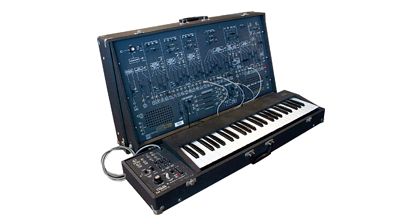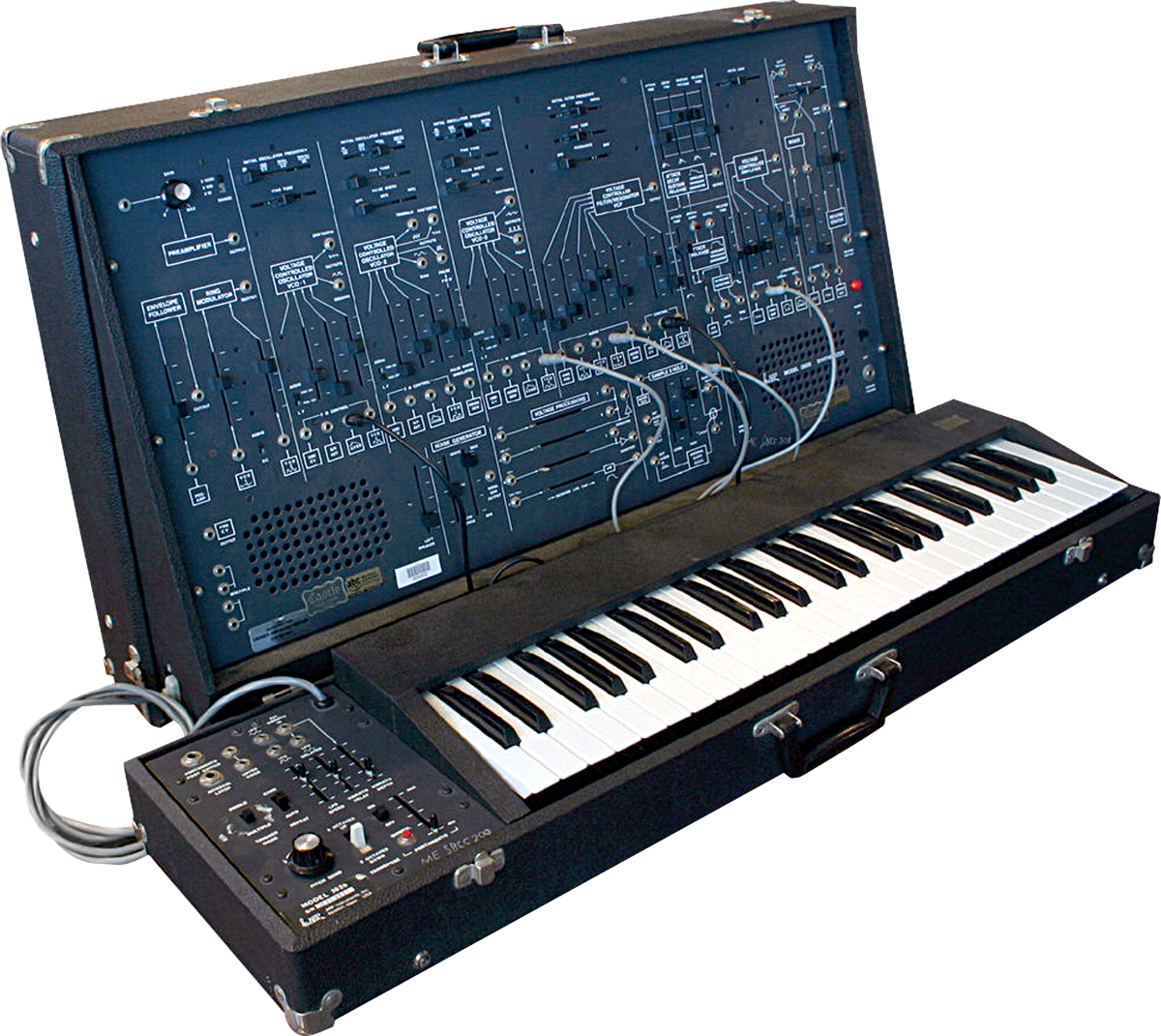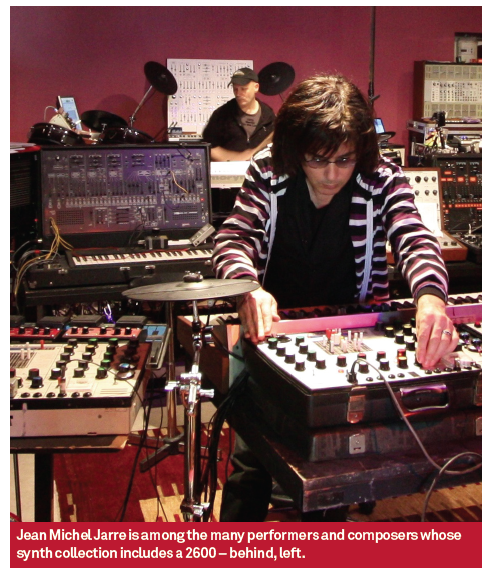Vintage: ARP 2600
The early days of synthesis were responsible for many of the sounds we still prize today – despite some limitations. John Pickford goes back in time. The odd collision between the music of Johann Sebastian Bach and the Moog Modular (which culminated in the album Switched-On Bach by the then, Walter – now Wendy – […]

The early days of synthesis were responsible for many of the sounds we still prize today – despite some limitations. John Pickford goes back in time.

The odd collision between the music of Johann Sebastian Bach and the Moog Modular (which culminated in the album Switched-On Bach by the then, Walter – now Wendy – Carlos) caused a certain Alan R Pearlman to think about how to inspire a generation of music students in the US with the new sound of synthesis, rapidly becoming widely available during the early 1970s.
He wanted to design and market a synthesizer that clearly demonstrated the architecture of the new electronic synthesis utilised by the likes of the radical Moog Modular system, but in a way that gave the student instant results and the option to gradually explore the more complex depths of subtractive synthesis.
Founded in 1969, ARP Instruments produced the first 2600 in 1971 – it was affectionately known as the ‘Blue Marvin’, after the head of engineering at ARP, Marvin Cohen. Although the sound quality was generally applauded – and despite the funky blue panels and polished wood handles – there were complaints about the build quality due to the focus on design as opposed to road-worthiness.

What the first limited run of 2600s did do, though, was establish the template that Pearlman followed for a decade of 2600 production; the subsequent more sturdy, vinyl-covered models came as Pearlman had originally intended: “I wanted the instrument to be housed in a rugged case that would travel safely.”
The 2600 was a compact and portable, semi-modular system – unlike the Moog system, which was a veritable monster – that had the usual signal path of a synthesizer. It was internally hardwired, but with the option to interrupt the signal path and re-route it by inserting patch cables into the mini-jack sockets located in a row under the sliders that controlled all of the parameters of the instrument.
The key to its educational value was in the layout: the signal path was clearly laid-out from left to right, with an excellent graphical display of what was going on printed on the synth’s fascia. A 2600 user of 35 years, Jimi Psaras of S40 Sound Projects, says: “The great thing about the combination of layout, sliders and graphics is that you can see at a glance what patch you’re using – unlike most other synths that use rotary controllers.”

The 2600 also had its own amp and built-in pair of stereo speakers, making it truly portable. The initially optional monophonic keyboard (which had limited functionality outside of rotary knobs for portamento and pitch) was replaced on later versions by a duo-phonic keyboard that included a dedicated LFO. As well as the three VCOs, noise generator, VCF and VCA it boasted a ring modulator, an input preamp and spring reverb as well as a fully programmable sample and hold processor.
The 2600 was embraced by the leading keyboard players of the day, in part due to ARP’s marketing philosophy of giving a lot of kit away – and the fact that they sold to retailers for a lower cost price than their main competitor, Moog. Artists such as Stevie Wonder, Tony Banks, Pete Townshend and Herbie Hancock loved the 2600’s depth and quality of sound; Joe Zawinul, of Weather Report, said in 1976: “I want orchestral sounds from a synthesizer – the kind of realism beyond imitation. I can make the 2600 sound like Coltrane, just Coltrane… or change it to soft, haunting flutes.”
The superior sound of the earlier 2600s is attributed to the original 4012 filter that was based on a patented Moog design. Moog successfully sued ARP and after 1976 all new 2600s (by now 2601s) used the ARP-designed four-pole low-pass 4072 filter; the new filter’s response went only to around 12kHz, giving a duller sound than earlier models. The oscillators, however, are what have captured the imagination of so many.
Psaras again: “It was an incredibly stable piece of equipment considering that there was no digital control of the oscillators available at that time; you can turn it off, power-up a couple of weeks later and it’ll still be bang in tune.”
As well as being credited with supplying the voice of R2-D2, the patching capabilities of the 2600 made it a favourite among the world’s leading dance acts that use synthesizers over samples, such as The Chemical Brothers, Orbital, 808 State and Underworld.
If you don’t own one of the estimated 3,000 2600s that were made, you can relive the modular life through one of the soft versions out there, which pay homage to one of the seminal synthesizers of our time.
